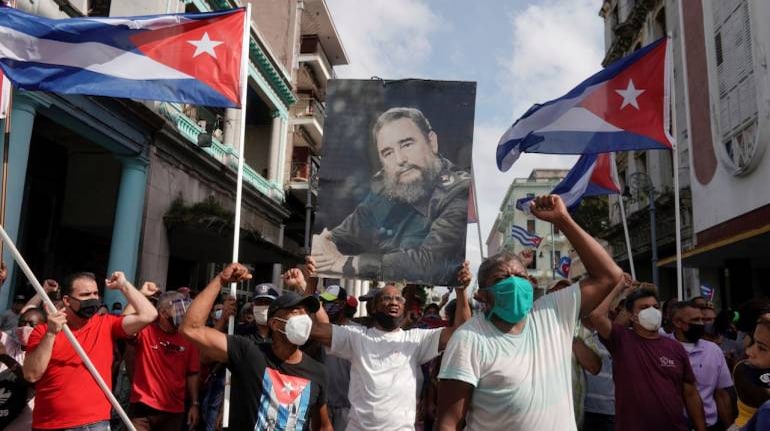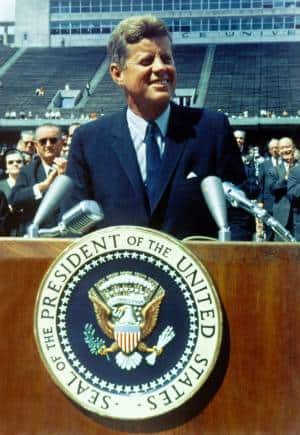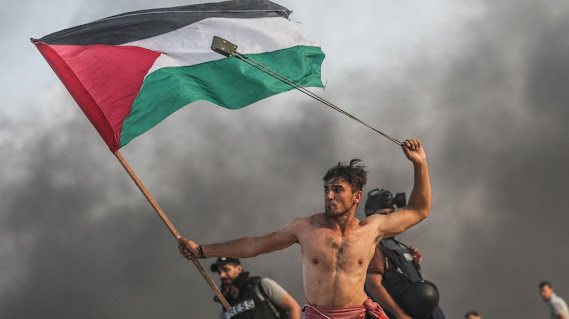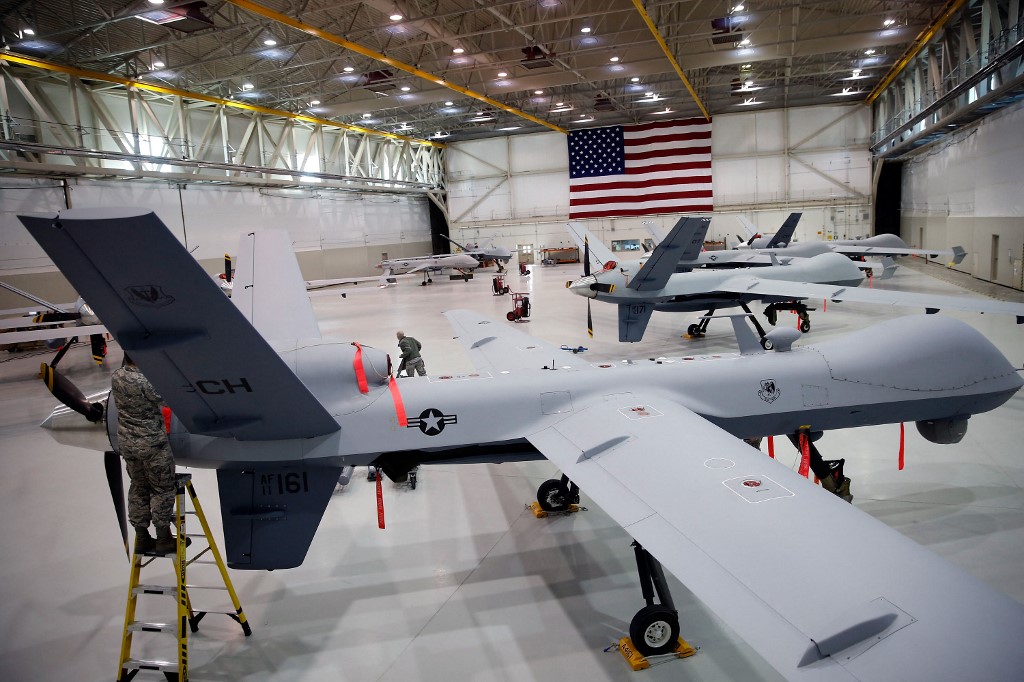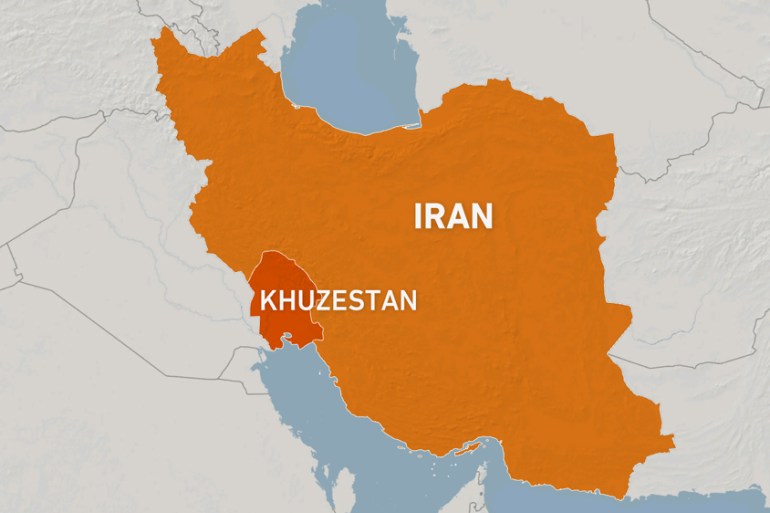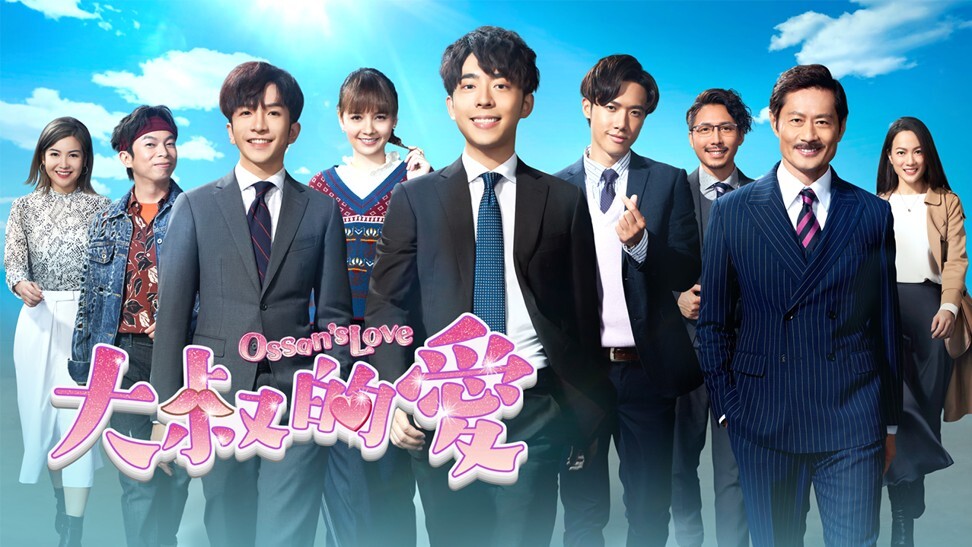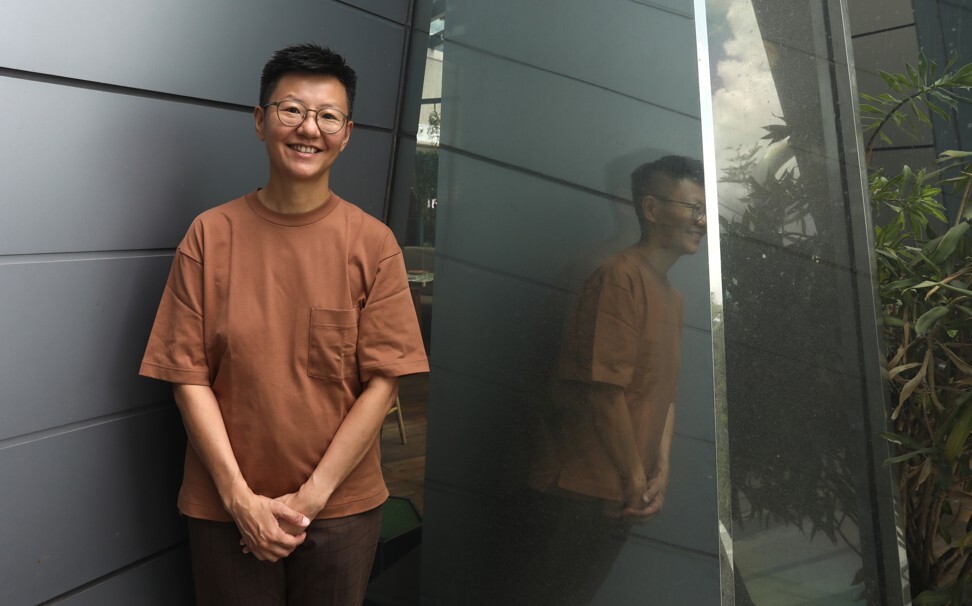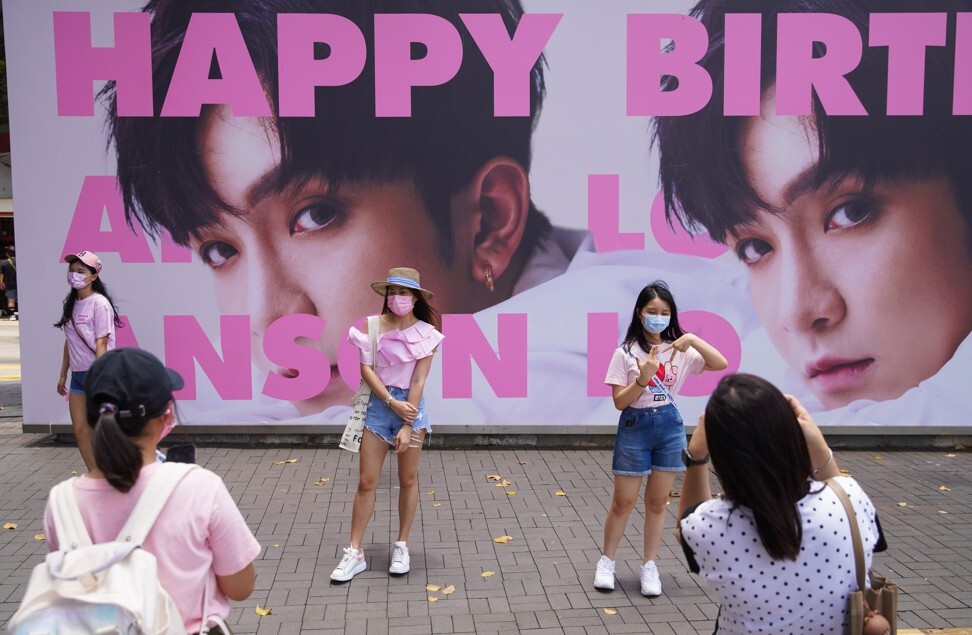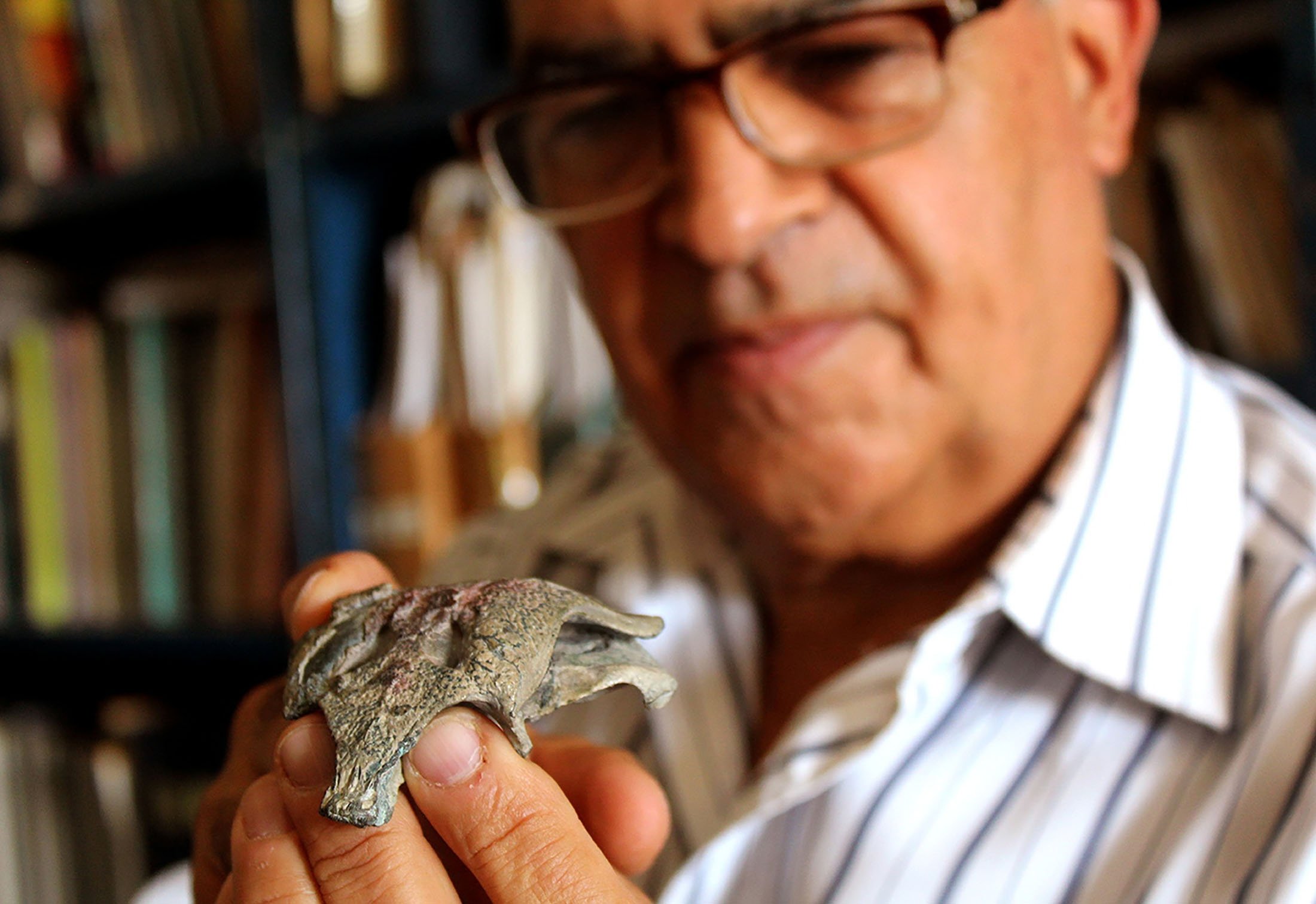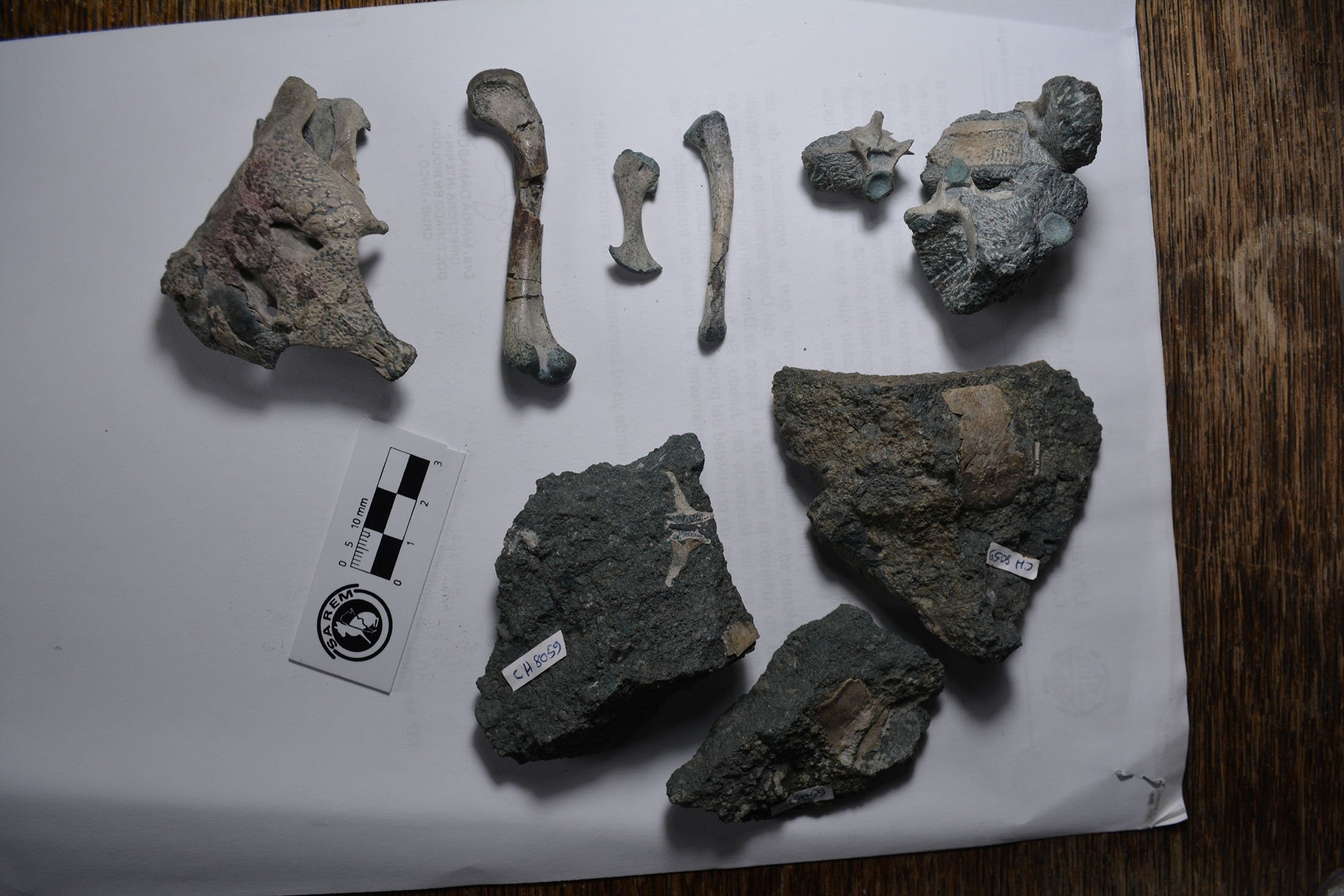25-Jul-2021
Azhar Azam
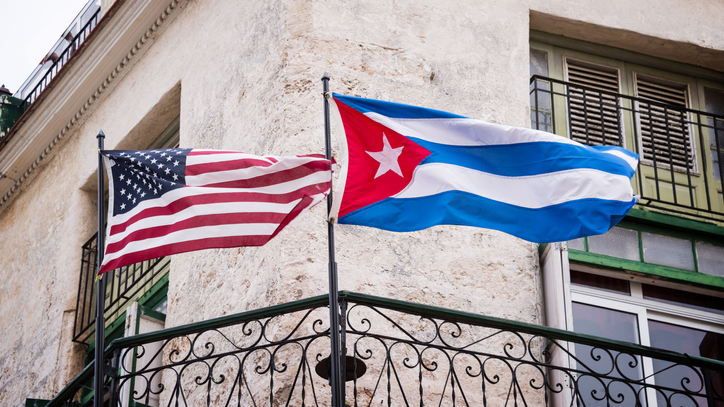
U.S. and Cuban flags display side by side in Havana, Cuba. /Getty
Editor's note: Azhar Azam works in a private organization as market and business analyst and writes about geopolitical issues and regional conflicts. The article reflects the author's opinions and not necessarily the views of CGTN.
The history of U.S. antipathy toward Cuba and intervention in the Caribbean island harks back to early 1960s when Washington failed to overthrow Cuban revolutionist leader Fidel Castro during the Bay of Pigs invasion. Loss of U.S.-backed Fulgencio Batista and a Soviet-inclined government next door at the height of the Cold War was a lethal brew for America.
Since then, Washington's Cuba policy has been dominated at isolating Havana economically through an adulterous trade embargo. After the collapse of the Soviet Union, American blockade of the small economy was noticed by the international world that chose to withdraw its support for "unjust" financial and trade restrictions, costing Cuban people a total of $130 billion in six decades.
Former U.S. President Barack Obama in 2014 tried to shift the ineffective strategy and rescinded Cuba's designation as state of sponsor of international terrorism, restored diplomatic relationship and eased off sanctions on travel and remittances, among other measures. But the détente was suspended after Donald Trump took office.
More than 240 economic sanctions including a slew of new politically-driven measures before the 2020 U.S. presidential election returned Trump votes of the large Cuban-American population in South Florida. Yet crippling curbs deeply hurt a fragile economy, "really" affected Cuban people and contributed to food and medicine famines.
Before Trump was routed out of the White House, his administration made sure that Cuban people were completely squeezed and did not receive any respite from the United States. Just days away from his departure, he put back Cuba to the list of state sponsors of terrorism and ripped off all diplomatic norms to blacklist Cuban Interior Minister Lazaro Alberto Alvarez Casas.
Joe Biden on the campaign trail vowed to reverse Trump's policy, which had "inflicted harm" to Cuban economy and added to worsening shortages of food and medicine. Nonetheless, once took oath as the U.S. president, he ignored advice of 80 House Democrats' advice in March to repeal the prior administration's "cruel" sanctions and overturn politicized decisions and opted to follow his predecessor.
Disregarding Cubans' calls to lift sanctions, the Biden administration on June 23 opposed a United Nations General Assembly resolution to terminate the U.S. embargo and exposed its willingness of reconciliation.
The near-unanimous vote for 29th consecutive time condemned America's sanctions and invited the ire of some leading international nations such as Beijing and Moscow, demanding Washington to end interference in Havana.
Many Democrats still are pressing Biden to waive sanctions on Cuba. They call on him to help Cubans by rescinding Trump-era sanctions and offering additional humanitarian and vaccine assistance to them as well as have "outright" rejected administration's defense of the embargo and use of "cruelty" as a point of leverage against ordinary folks.
On the other way around, the U.S. president is suppressing progressive voices in his own party as he designated head of Cuba's Ministry of the Revolutionary Armed Forces Alvaro Lopez Miera and Ministry of Interior's National Special Brigade.
Biden's response, outlined in a call with hardliners in Miami and welcomed by infamous Cuba-American Republican Marco Rubio, revealed the political nature of the new measures that appeared to strengthen his position in Florida.

Protesters in "Biden, hands off Cuba" protest demand that the Biden administration take immediate action to reverse the actions taken by the Trump administration to deepen the economic war against Cuba, in Minneapolis, Minnesota, U.S. /Getty
Biden, after secession from his commitment with Cuban people, labeled Havana government a "failed state" and intended to mull over options to reinstate the internet outages. While it's a paradigmatic case of foreign intervention, his temptation to receive cash remittances from Cuban-American wasn't short of incitement to violence.
This forms an opinion that Biden's vacillation to assist Cuban people fight health and economic challenges has nothing to do with the human rights; it is aimed at politicking to avoid increased risk of losing a slim majority in the House in 2022 from Florida, where Miami in 2020 deprived Democrats of two Congress members for pursuing normalization policy.
Cuba clearly is gripped with widespread protests owing to the death of food, medicine and electricity due to persistent U.S. "politics of economic asphyxiation". By politicizing Cuban crisis, keeping crudest measures intact and stoking social divide and violence in the Caribbean island, Biden, like Trump, wants to choke Cuban economy to force a violent change.
Havana's assertion about the U.S. embargo's role in ravaging Cuba's healthcare is discarded by American media, contending food and medicines are exempt from ban. That's untrue and misleading. In reality, Washington has stopped life-saving drugs bound for the ailing Cubans, causing even deaths, to describe it as having no respect for human life and international law.
Some Western outlets wrongly frame the unrest in Cuba as "World's Big Struggle: Autocracies vs. Democracies." It is not the case either. Exacerbated by pandemic, strife has stemmed from decades-old unwarranted U.S. trade embargo.
The UN resolutions, reaffirming non-intervention and non-interference in other states, and economists have identified such measures for adversely affecting Cuban people and blamed the hardening of American sanctions for shortage of staple foods.
Washington's vain words, shifting the responsibility of Cubans' economic suffering on Havana government and supporting violent demonstrations, won't help the people entrapped in economic and health crises. For that, the U.S. must stop politicizing the issue, bring an end to its intervention and lift the economic, commercial and financial trade embargo on Cuba.
